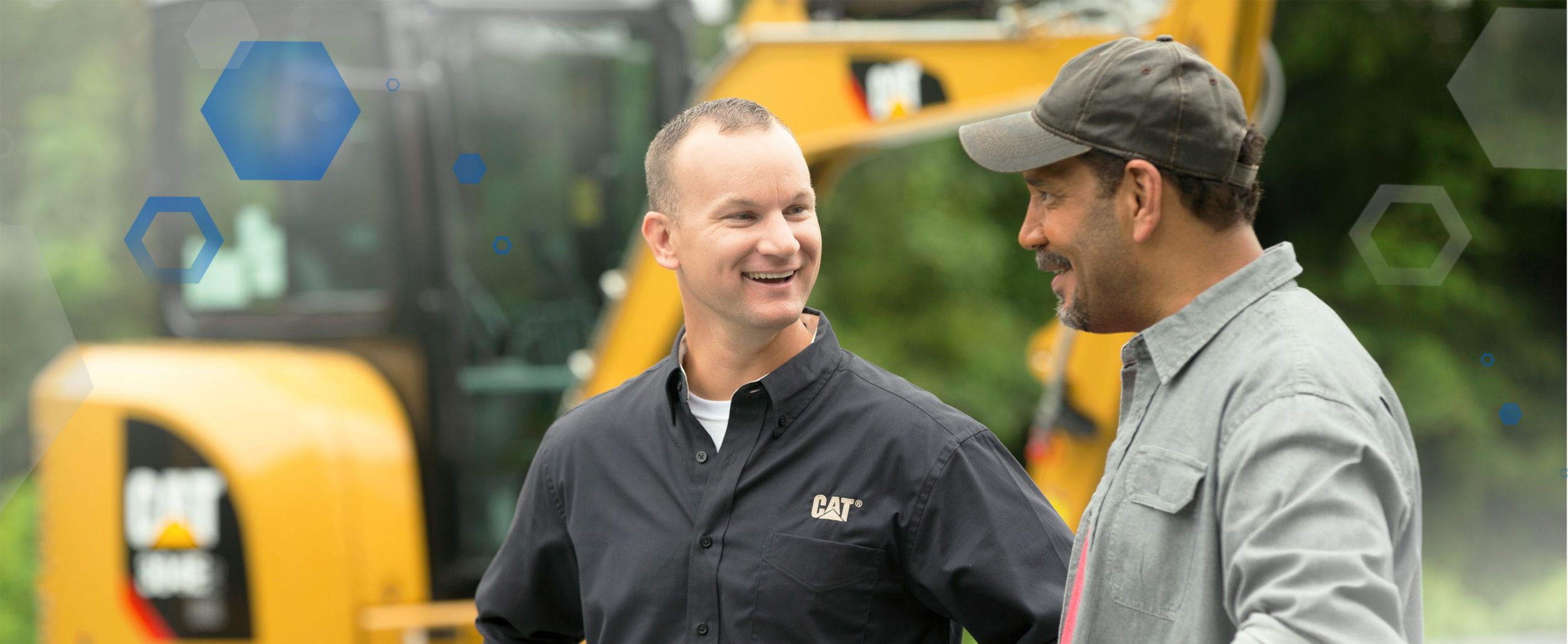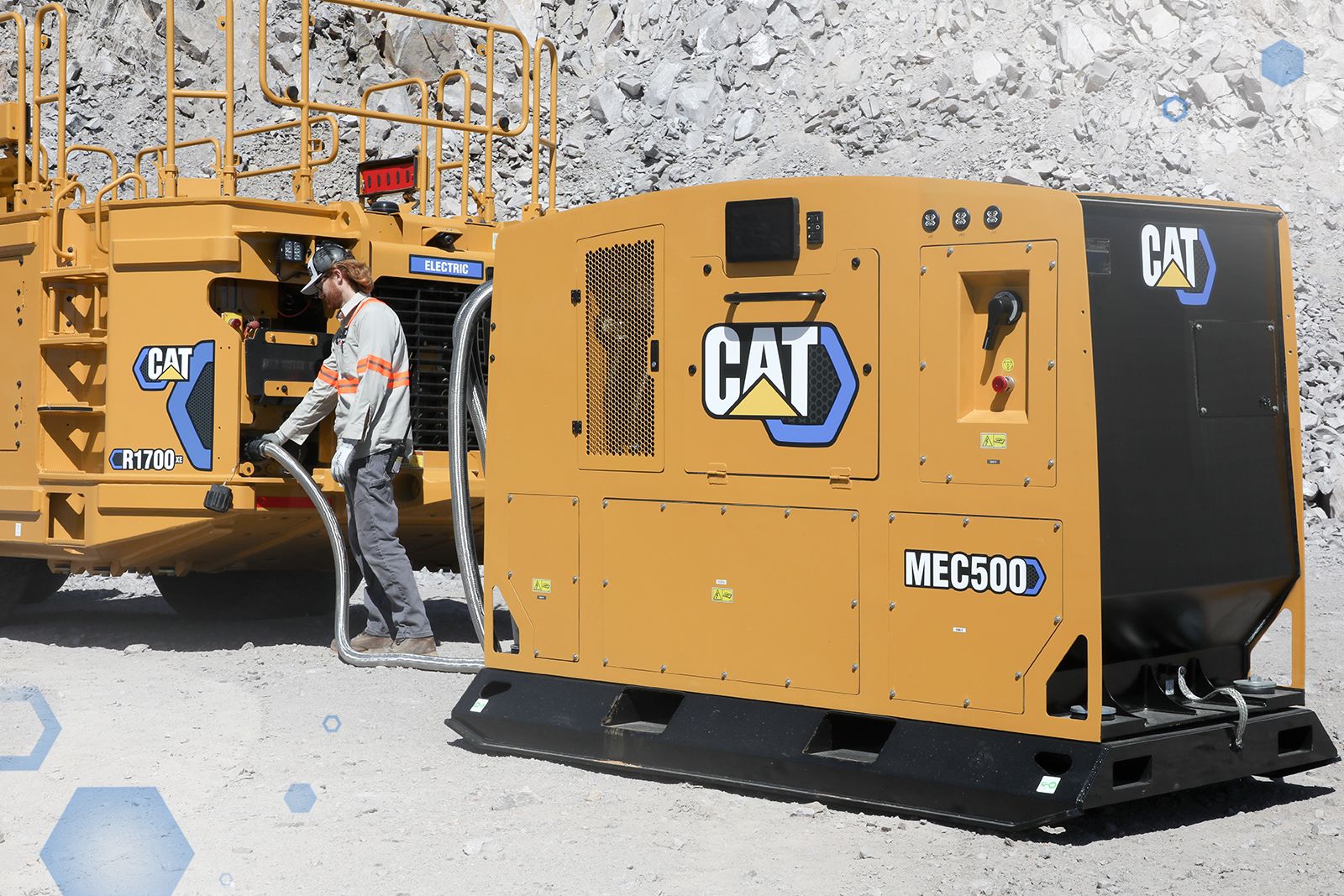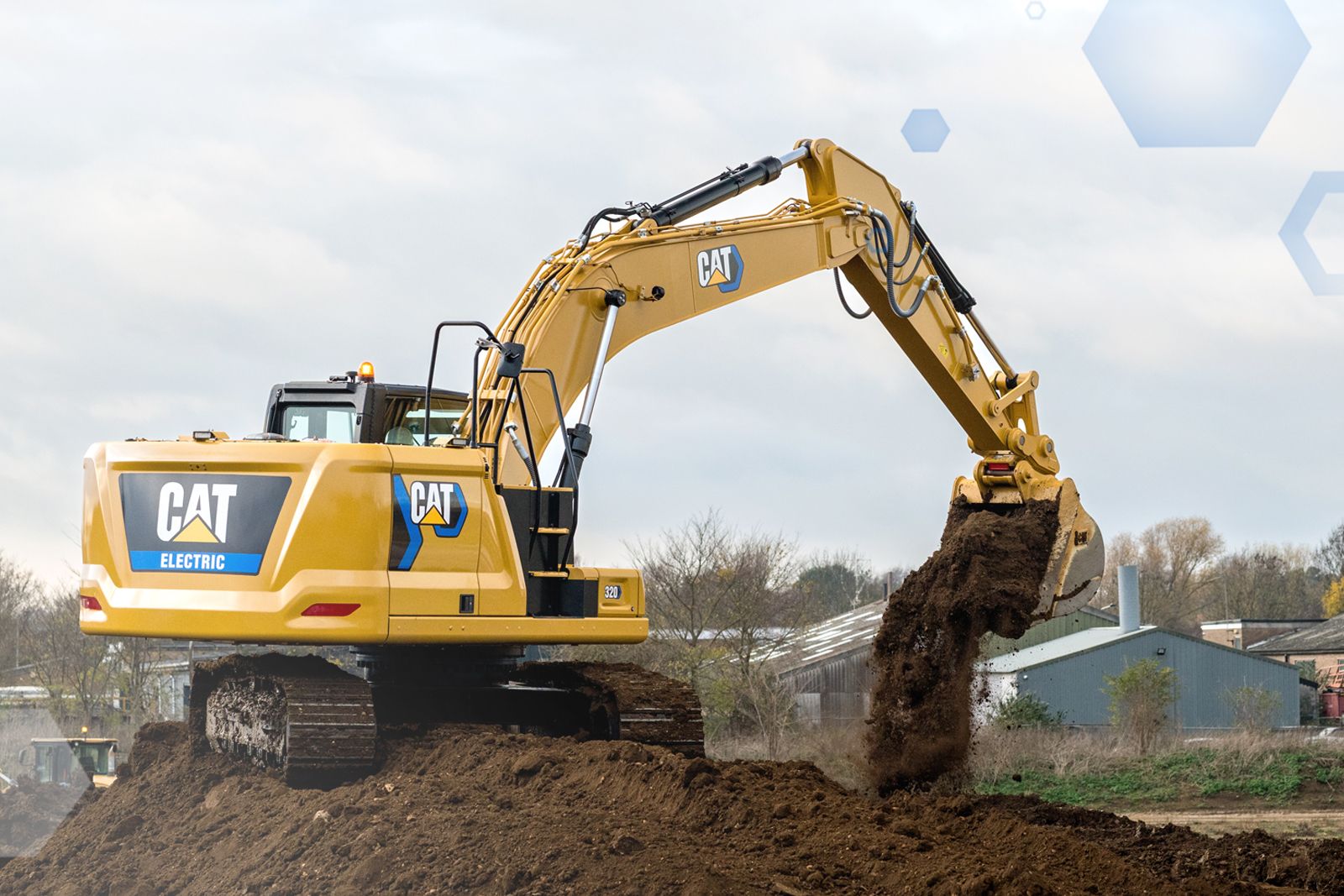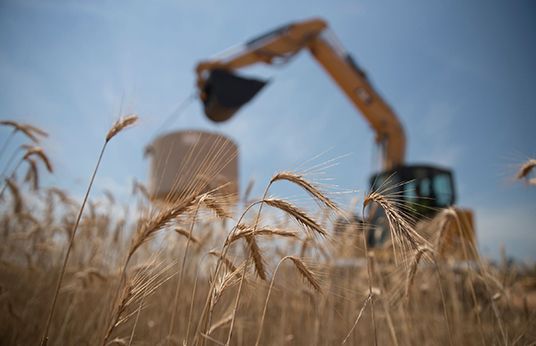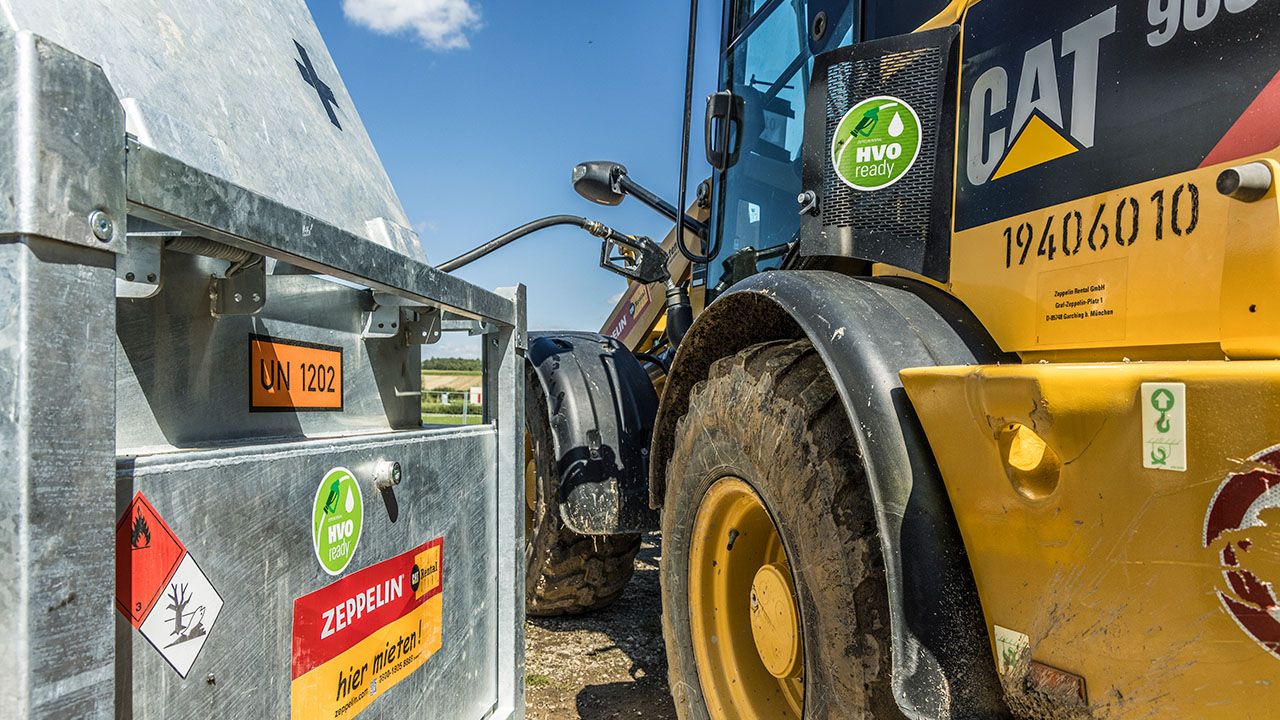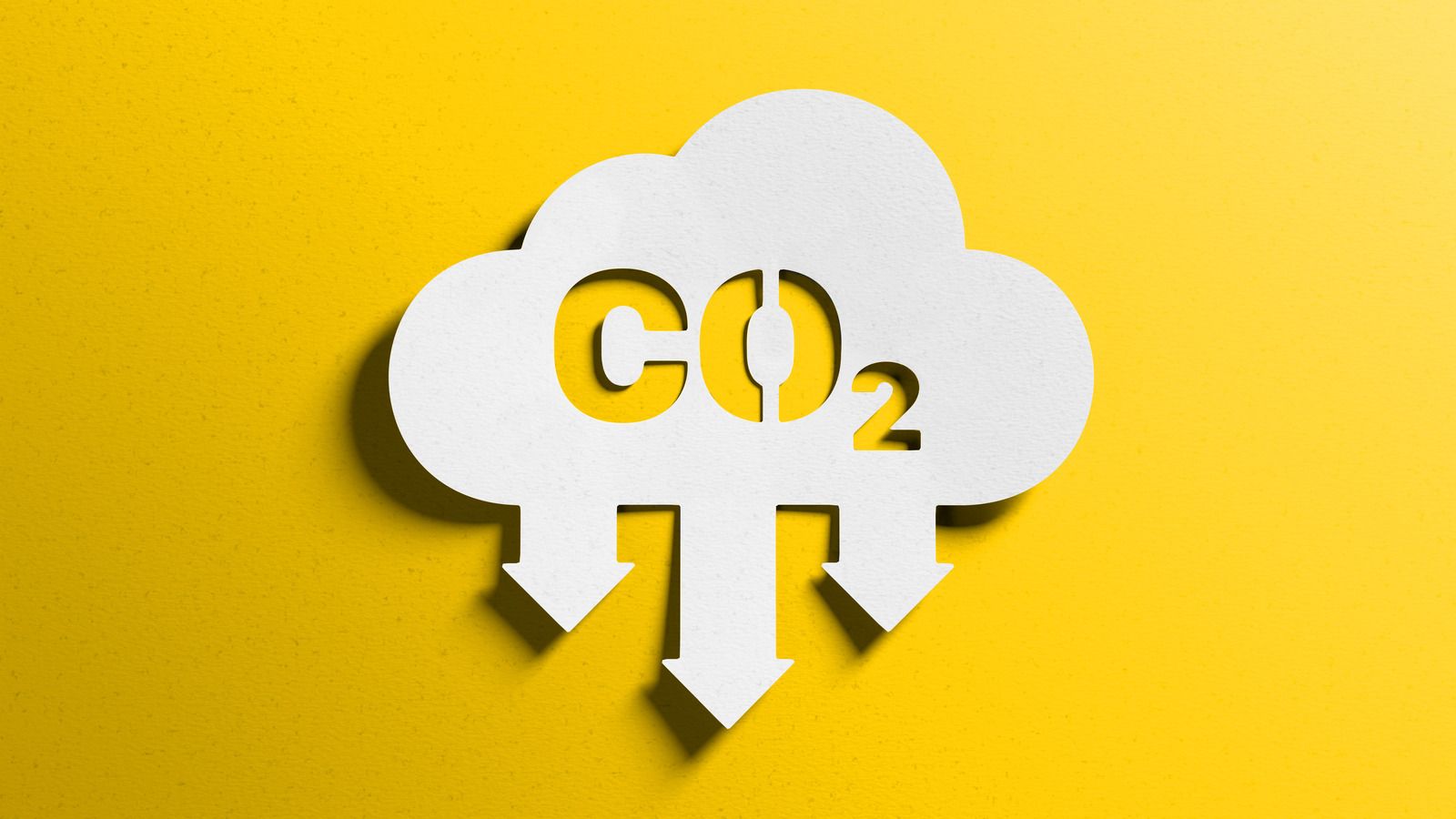

Sign In
Welcome! Sign In to personalize your Cat.com experience
If you already have an existing account with another Cat App, you can use the same account to sign in here
Register Now
One Account. All of Cat.
Your Caterpillar account is the single account you use to log in to select services and applications we offer. Shop for parts and machines online, manage your fleet, go mobile, and more.
Account Information
Site Settings
Security
Holistic Solutions for Jobsites of the Future
Facilitating the Transition to Electrified Work
By Rob L. Hoenes, Senior Vice President of Caterpillar Inc., responsible for the Electrification & Energy Solutions Division | Posted: September 2024
Think about the last time you used a piece of diesel-powered equipment. I’m going to guess you knew how to fuel it up, where to access diesel and what to do if it ran low.
Now imagine using a battery-electric machine. Do you know how best to charge it? Where to put the charger? When to charge? How long a charge lasts? How much electricity it requires? How to store energy for later? What happens when other electrified equipment, trucks or office trailers are added to the mix? Oh, and how much will all that cost?
It’s no wonder that many customers are taking a gradual approach to the energy transition, even if it could make them more productive and efficient. Equipment is now just one piece of a much larger puzzle, and success requires fitting all the pieces together – pieces from different boxes, and pieces that are changing rapidly. You’re not alone on this journey. At Caterpillar, we are delivering solutions for your entire jobsite ecosystem during this transition.
We’re Here To Help Introduce New Technology.
Electrification is new territory and construction, mining and other heavy industries face a host of unique challenges. Navigating them takes time and resources — and who has the energy for that on top of the existing demands of running a business?
We do. We have experts who live and breathe electrification for heavy industries. It’s a team committed to this learning journey, solving big and small problems to ensure the ultimate work gets done undisrupted. We stay on top of the latest trends that can be applied to your business, so you don’t have to. Stay tuned to this space for more details. We’re launching a series of blogs where our experts will dive deeper into a range of topics.
One-size-fits-all is less effective than ever.
Anyone can sell an electric machine and base charger. But what if that’s not the best choice for your operation? Rather than selling a product, we start with your business, project and even task objectives - asking questions, analyzing the situation and advising you on the various paths forward to keep your business and projects moving.
Maybe we learn that while you’re ready to go electric, the utility supporting your site is not. Is the smartest decision to delay until utility upgrades are complete? Or is there an opportunity to install a microgrid solution now that bridges the gap?
Perhaps we discover there’s no reliable utility power at all on your site. Transporting equipment back to a central charging location at the end of every shift is one option, but what else could you consider? Mobile battery power? Cycling multiple mobile batteries? Chargers powered by a generator that runs on alternative fuels?

There’s always more than one solution to a problem, and it’s through ongoing, two-way communication that we’ll arrive at the best approach for your needs. For many operations, that may mean starting small — electrifying one task or one site — then scaling up from there.
There Are Only Site Solutions.
With diesel-powered equipment sometimes the machine and operator are all you need to get the job done. During this energy transition, Caterpillar recognizes securing a reliable supply of electricity requires knowing the answers to site specific questions:
- Is energy available on site?
- What are the total energy needs?
- Does the infrastructure support the charging load?
- Will the machine run for a full shift on one charge?
This is why we’re focused on ensuring you have the resources, infrastructure and power management systems in place to use all the equipment on site starting on day one.
We will help you tap into grid power, bring renewable power and alternative fuels on site, use energy storage to optimize charging and access digital insights to run your entire power ecosystem more efficiently: heavy equipment, lighter-duty assets, trucks, office trailers, site power and more. It’s all connected, and we will help keep it operating effectively.
Let's move forward together.
For nearly a century now, Caterpillar has helped our customers through many challenges. From operating horse powered machines, gas power, diesel power and electric power are just a few of the transitions we’ve gone through with our customers. Today, as we move forward through the energy transition, you can count on us to keep listening, keep learning and keep improving to help you get the job done. We’ll help make your jobsite of the future even more productive and profitable than it is today.
Want to hear more of Rob’s thoughts on how manufacturers like Caterpillar can facilitate the transition to electrified jobsites? Tune in to his presentation at the Power Progress Summit – where Caterpillar is currently a finalist for two awards: Engine of the year and Off-highway Product Innovation for our collaboration with Flory Industries. Use the code: PPS-30% to receive 30 percent off when registering for the event.


Rob L. Hoenes
Senior Vice President of Caterpillar Inc., responsible for the Electrification & Energy Solutions Division
Rob L. Hoenes is a Senior Vice President of Caterpillar Inc. with responsibility for the Electrification and Energy Solutions Division (E+ES). In this capacity, Hoenes oversees the company’s efforts to deliver advanced electrified powertrain and zero exhaust emission products and technologies, and the solutions and services associated with these products and technologies. E+ES collaborates with other Caterpillar divisions to define product architectures that accommodate multiple power sources and drivetrains; and to identify Caterpillar’s role in the future value chain including new services growth opportunities.
Hoenes previously served as Senior Vice President for Caterpillar’s Resource Industries Operations & Products division, which consists of more than 12 product lines, eight global manufacturing facilities and approximately 10,000 employees. The division has responsibility for articulated trucks, draglines, electric rope shovels, hydraulic mining shovels, large mining trucks, large track-type tractors, large wheel loaders, surface rock drills, off-highway trucks, underground hard rock vehicles and wheel tractor-scrapers.
Hoenes joined Caterpillar in 1990 and spent his first four years in engineering. Next, he gained 15 years of experience in various roles within sales and marketing located in North America, Europe, Africa and the Middle East. From there, Hoenes spent ten years in product management, including leading product groups for medium wheel loaders, SEM, large dozers and medium tractor products in Illinois and China.
Hoenes, a Missouri native, graduated from the University of Missouri in 1992 with a bachelor’s degree in mechanical engineering.
Related Stories
-
How Cat Rental Values Sustainability in Europe
Learn how Cat Rental Stores are prioritizing sustainability & emissions reduction in Europe, especially with new emissions standards in place.
Learn More -
From Trash to Treasure: Cat® Parts Artists Work Magic with Scrap
Learn how skilled Caterpillar employees use discarded scrap parts for unique furniture & creative ideas, including some at Cat facilities & charity auctions.
Learn More Brand Loyalty -
Sea Bubble Curtains
Discover how ScanTech Offshore uses Cat® engines to build sea bubble curtains that protect marine life during offshore wind farm construction.
Learn More -
Oil and Gas Industry Takes Steps To Reduce Its Carbon Footprint
As an industry that produces 82 percent of the world’s energy, the oil and gas sector is striving to minimize emissions as well as those from the entire life cycle of its products. Efforts to minimize Scope 1 and 2 emissions are ongoing, from eliminating flaring, to eliminating waste, carbon capture, and underground storage.
Learn More
